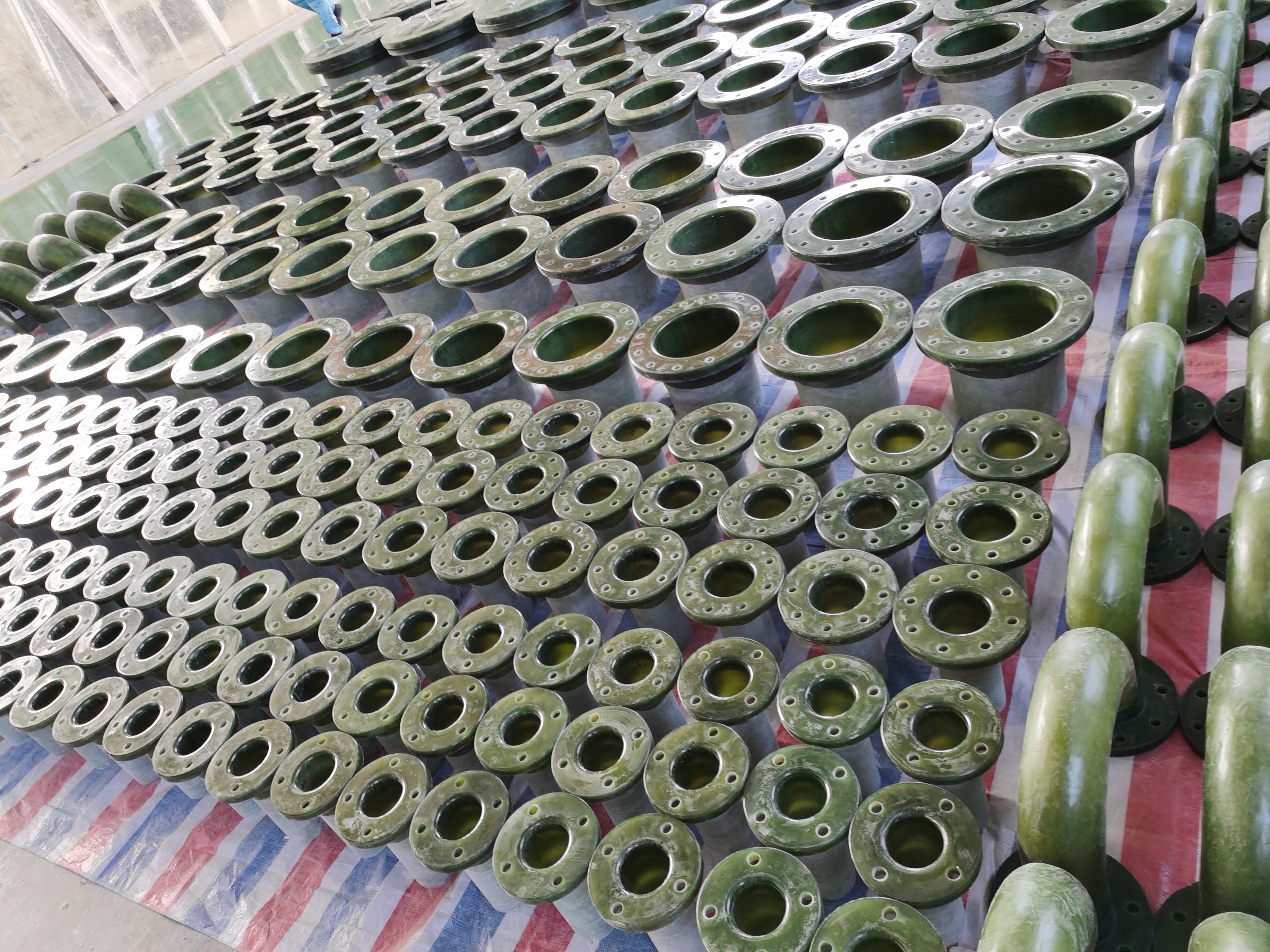
-
 Afrikaans
Afrikaans -
 Albanian
Albanian -
 Amharic
Amharic -
 Arabic
Arabic -
 Armenian
Armenian -
 Azerbaijani
Azerbaijani -
 Basque
Basque -
 Belarusian
Belarusian -
 Bengali
Bengali -
 Bosnian
Bosnian -
 Bulgarian
Bulgarian -
 Catalan
Catalan -
 Cebuano
Cebuano -
 China
China -
 China (Taiwan)
China (Taiwan) -
 Corsican
Corsican -
 Croatian
Croatian -
 Czech
Czech -
 Danish
Danish -
 Dutch
Dutch -
 English
English -
 Esperanto
Esperanto -
 Estonian
Estonian -
 Finnish
Finnish -
 French
French -
 Frisian
Frisian -
 Galician
Galician -
 Georgian
Georgian -
 German
German -
 Greek
Greek -
 Gujarati
Gujarati -
 Haitian Creole
Haitian Creole -
 hausa
hausa -
 hawaiian
hawaiian -
 Hebrew
Hebrew -
 Hindi
Hindi -
 Miao
Miao -
 Hungarian
Hungarian -
 Icelandic
Icelandic -
 igbo
igbo -
 Indonesian
Indonesian -
 irish
irish -
 Italian
Italian -
 Japanese
Japanese -
 Javanese
Javanese -
 Kannada
Kannada -
 kazakh
kazakh -
 Khmer
Khmer -
 Rwandese
Rwandese -
 Korean
Korean -
 Kurdish
Kurdish -
 Kyrgyz
Kyrgyz -
 Lao
Lao -
 Latin
Latin -
 Latvian
Latvian -
 Lithuanian
Lithuanian -
 Luxembourgish
Luxembourgish -
 Macedonian
Macedonian -
 Malgashi
Malgashi -
 Malay
Malay -
 Malayalam
Malayalam -
 Maltese
Maltese -
 Maori
Maori -
 Marathi
Marathi -
 Mongolian
Mongolian -
 Myanmar
Myanmar -
 Nepali
Nepali -
 Norwegian
Norwegian -
 Norwegian
Norwegian -
 Occitan
Occitan -
 Pashto
Pashto -
 Persian
Persian -
 Polish
Polish -
 Portuguese
Portuguese -
 Punjabi
Punjabi -
 Romanian
Romanian -
 Russian
Russian -
 Samoan
Samoan -
 Scottish Gaelic
Scottish Gaelic -
 Serbian
Serbian -
 Sesotho
Sesotho -
 Shona
Shona -
 Sindhi
Sindhi -
 Sinhala
Sinhala -
 Slovak
Slovak -
 Slovenian
Slovenian -
 Somali
Somali -
 Spanish
Spanish -
 Sundanese
Sundanese -
 Swahili
Swahili -
 Swedish
Swedish -
 Tagalog
Tagalog -
 Tajik
Tajik -
 Tamil
Tamil -
 Tatar
Tatar -
 Telugu
Telugu -
 Thai
Thai -
 Turkish
Turkish -
 Turkmen
Turkmen -
 Ukrainian
Ukrainian -
 Urdu
Urdu -
 Uighur
Uighur -
 Uzbek
Uzbek -
 Vietnamese
Vietnamese -
 Welsh
Welsh -
 Bantu
Bantu -
 Yiddish
Yiddish -
 Yoruba
Yoruba -
 Zulu
Zulu
Exploring the Benefits of FRP Materials for Boat Hull Construction and Design Innovations
The Advantages of FRP Boat Bodies
Fiber-Reinforced Polymer (FRP) has emerged as a revolutionary material in the marine industry, significantly changing the design and construction of boats. Incorporating fiberglass, resins, and other composites, FRP boat bodies have become increasingly popular among boat builders and enthusiasts alike. This article delves into the benefits of FRP in boat construction, its impact on performance, maintenance, and environmental considerations.
Lightweight and Strength
One of the most striking features of FRP is its exceptional strength-to-weight ratio. Traditional boat materials, such as wood and metal, can be significantly heavier, impacting the boat's performance and fuel efficiency. FRP boat bodies are considerably lighter, which translates to enhanced speed and maneuverability on the water. This advantage not only makes FRP boats easier to handle but also increases fuel efficiency, making them an attractive option for long-distance travel.
Durability and Resistance to Corrosion
FRP is highly resistant to a variety of environmental stressors, including water, UV rays, and chemicals. Unlike wood, FRP does not rot or warp over time, and it is impervious to marine borers and other pests. Metal boats, on the other hand, can suffer from rust and corroding elements. The durability of FRP allows for longer-lasting boats with minimal wear and tear, thus providing boat owners with peace of mind. This resilience ensures that the investment in an FRP boat body stretches over many years, reducing the frequency and cost of repairs.
Design Flexibility
frp boat body

FRP offers unparalleled design flexibility, allowing manufacturers to create complex shapes that would be challenging or impossible with traditional materials. This capability opens up opportunities for innovative designs tailored to specific needs, whether for speed, stability, or aesthetic appeal. Moreover, the ability to mold FRP into unique forms contributes to lighter structures, which can enhance overall performance. Boat builders can also create custom interiors and features without the restrictions that other materials impose.
Reduced Maintenance
One of the significant advantages of FRP boat bodies is their low maintenance requirements. The non-porous surface of FRP means that stains, dirt, and marine life can be easily cleaned off, reducing the time and effort spent on upkeep. Additionally, the resilience of FRP to weathering means that it will not require frequent painting or sealing, a common requirement for wooden or even aluminum boats. This characteristic allows owners to spend more time enjoying their boats rather than maintaining them.
Environmental Considerations
As the global community continues to prioritize sustainability, the environmental aspects of FRP are becoming increasingly significant. While the production of FRP itself does have an environmental impact, advancements in recycling technologies are paving the way for a more eco-friendly approach. Used FRP materials can often be recycled into new products, minimizing waste in landfills. Moreover, boating itself can be a relatively low-impact activity compared to other forms of recreation, especially with fuel-efficient FRP designs.
Conclusion
In conclusion, the shift towards Fiber-Reinforced Polymer boat bodies in the marine industry reflects a significant evolution in boat construction, combining lightweight properties with exceptional durability and minimal maintenance. The design flexibility inherent in FRP allows for innovative boats that meet the diverse needs of recreational and professional mariners alike. As technology continues to improve and sustainability becomes a more pressing concern, FRP is poised to play an even larger role in the future of boating. Whether for leisure or commercial use, the advantages of FRP boat bodies provide compelling reasons for their increasing adoption in the maritime world.









